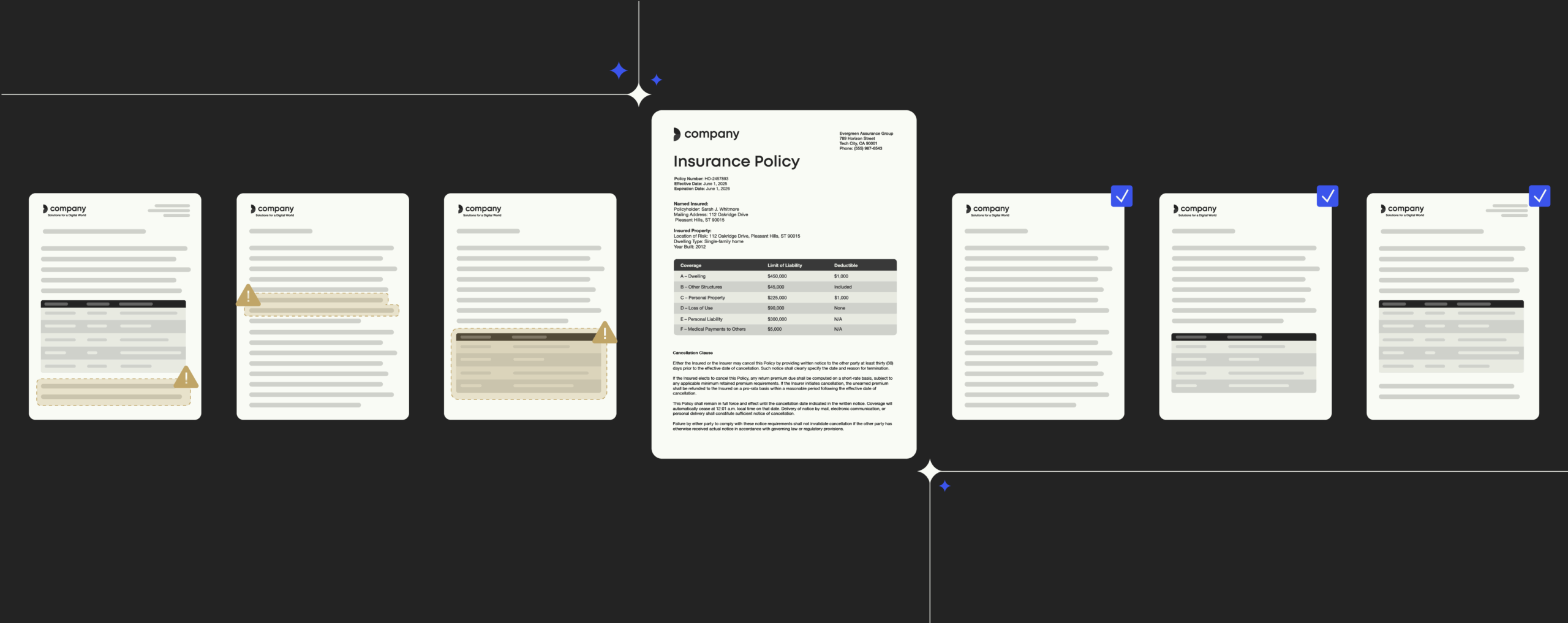Enterprise Content Management tools

If the majority of your day is spent organizing records, then it is time to implement enterprise content management tools.
The less time you waste organizing files, and the more time you spend on fulfilling the activities of your actual job description – the better.
An increasing number of organizations are finding significant areas of improvement needed around content storage, creation, distribution, access and archiving. As a result, many are turning towards enterprise content management software and an enterprise content management system to enhance productivity and boost time to market.
Plus, with the right enterprise content management tools, companies are more organized with the ability to access needed and streamlined data from anywhere in the world.
The definitive guide to template management
Increase productivity when creating documents
Enterprise Content Management Meaning
Enterprise content management is a system of creating, publishing, storing, distributing and organizing data in a way that helps a company reach their objectives. This is about more than just managing content, this is long-term care that delivers the right content in the hands of the right people, when they need it.
Today, it is called Intelligent Information Management (IIM), which manages both content and data – not to mention the conversion of data from paper and microfilm to a digital form.
To illustrate, an employee may have created an email template for a specific persona. That template is created and stored through a cloud-based system. Then, anyone with a specific role in the company such as all marketing and sales department employees has 24/7 access. In addition, the document is governed so that it fits company guidelines around fonts, colors and logos – this way, the template is standardized for every employee. And, through this cloud-based system, employees can access and use the file when and where they need it.
In case you missed these:
Read next: What is Enterprise Content Management?
As an example, they can search for the file by typing “marketing email” into a search box. They can also modify and save an updated version without changing the fonts and logos. If the file is no longer needed by anyone, it can be archived and/or deleted.
Enterprise Content Management Tools
To implement an efficient enterprise content management system, you need ECM technologies and ECM software. Yet, how do you determine the best ECM solutions and ECM tools for your business?
- Get the Support Services You Need. If you are looking for an ECM partner, you want to look into the types of support they offer and what matters most to your business. Do you need a partner with a team of experts you can depend on from implementation to training and more? Do you need one-on-one support? Is a 24/7 help desk important? Before making a decision on enterprise content management tools, it helps to first ask these questions.
- It Should be User Friendly. There is no need to have the latest and greatest in ECM software if you can’t use it to its full potential. This is why companies such as Templafy have designed user-friendly ECM solutions that don’t require a computer science degree. For example, Templafy offers a solution designed to put an end to what we call, “Document Anarchy.” It can even be utilized for enterprise content management in SharePoint as they are partners with Microsoft. Templafy offers template and content access with the ability to streamline all company documents and presentations so that they are in compliance with the company brand and regulatory requirements.
- Business Functionality. Think of your ECM objectives. Your ECM software should align with the business functionality that you need. If you don’t need all the bells and whistles, then it isn’t necessary to buy the most feature-rich system. In this case, what matters most is whether the tools align with your objectives.
Enterprise Content Management Tools List
Here are a few options for enterprise content management software:
- Alfresco Community Edition. This is an open-source software platform that gets better with community contributions. It is cloud-based so, it is a good fit for collaboration. In addition, this system can be integrated with existing apps. Some of Alfresco’s clients include NASA and The Oxford University Press.
- OnBase by Hyland. This an ECM software suite offering the capability of version controls with full-text search and audit trails. Moreover, it can be set to allow only specified individuals to modify documents. Not to mention, OnBase can capture any file and automatically organize and store the file.
- Nuxeo. This solution offers over 150 plug-ins and extensions for a wide variety of options and upgrades. Nuxeo also comes with connectors to apps such as Dropbox and Google Drive. Plus, it provides AWS integration.
- M-Files. This ECM solution offers both desktop and mobile options for easy access to find and edit files. Moreover, it offers version control and integration. For example, you can integrate M-Files right into Microsoft Office. And, you can set permissions for each document.
- Huddle. This ECM software tool integrates with Microsoft Office so that you can easily create and edit documents. You can also sync the documents and access files via your mobile phone. And, with version control, you can access the most recent version of a document. Like the other solutions noted on this list, you can set file permissions. As a result, you can monitor who gets to edit a document.
- IBM ECM. The software giant offers some of the most extensive and smart solutions. IBM ECM has a complete set of Enterprise Content Management capabilities to “capture, protect, activate, analyze and engage with content for greater insight and action”. IBM has rolled out it’s ECM solution to clients such as HSBC to digitize its global trading.
In Conclusion
There isn’t any question regarding the necessity of implementing enterprise content management tools. The only question left is, which solutions align with your business goals?


